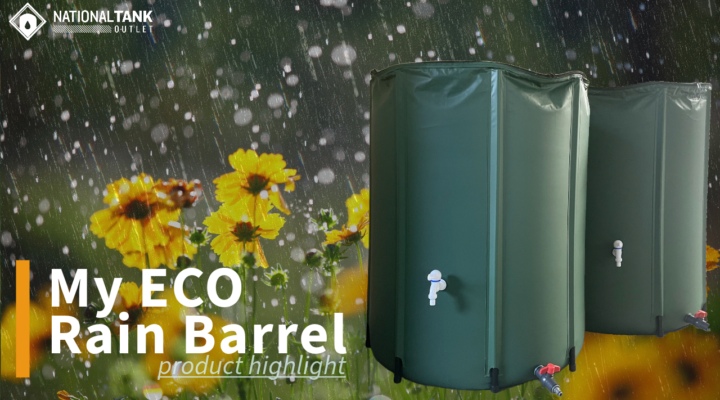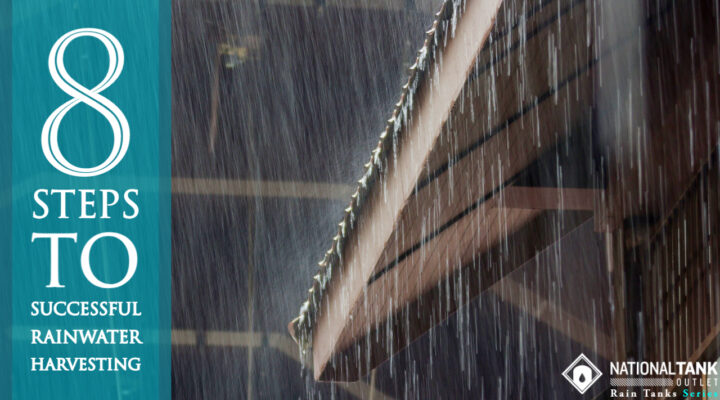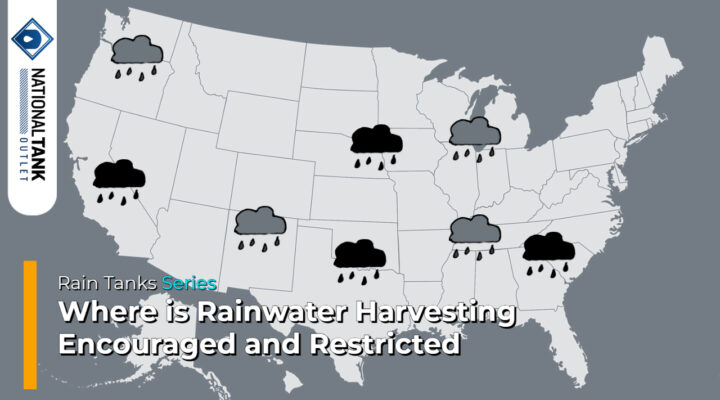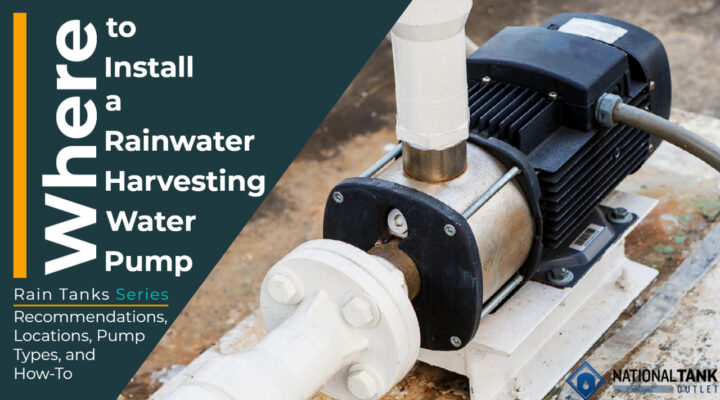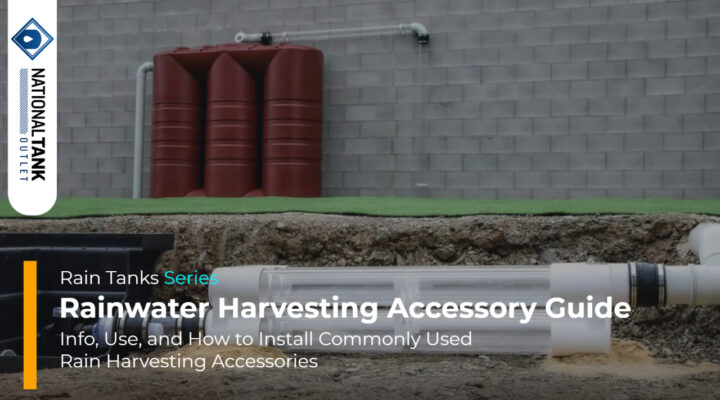Climate, Inc® My ECO Barrel™ is a rainwater harvesting and condensate collection barrel thoroughly designed as an inclusive, easy to use, lightweight rain barrel superior to other rain barrel products on the market.
Rainwater Harvesting
Rain Tanks | 8 Steps to Successful Rainwater Harvesting
If you are new to rainwater harvesting, want to improve your setup, or learn how to build a potable rainwater system, follow the 8 steps to successful rainwater harvesting. The true measure of a successful rainwater setup will be whether or not it provides the right volume of water and the right quality for your intended use.
Water Rights: Where is Rainwater Harvesting Restricted and Encouraged
In the United States, the collection of a freshwater resource is often connected to a principle known as water rights. In general, there are two main types of water rights categorized by the U.S. government that can affect a resident’s rights and ability to use the water in the region. These main water rights categories… [Read More]
Rain Tanks | Where to Install a Rainwater Harvesting Water Pump
The practice of rainwater harvesting is a noteworthy green infrastructure activity with many potential environmental, cultural, and ecological benefits, and is often used to help conserve water. When collected, rainwater can supply water for many applications both inside and outside a property, depending on local laws and regulations. Contrary to popular understanding, a water pump… [Read More]
Rain Tanks | What Can I Use Rainwater For
Active rainwater harvesting is the practice of collecting rainfall in a container so the water can be used for water-requiring activities. Depending on the overall equipment and any governmental regulations, rainwater harvesting can be used for any activity that requires water inside and outside a home, farm, business, or industry. A simple rainwater collection setup… [Read More]
Rain Tanks | When is a Water Pump Needed in Rainwater Harvesting
For many homeowners and small businesses, a common question with rainwater harvesting practice is whether a water pump will be needed or not. Rainwater harvesting can be defined as the collection, storage, and use of precipitation, and with the right equipment, can be used for all the water needs on a home, farm, or business. … [Read More]
Rain Tanks | Rainwater Harvesting Accessory Guide
Rainwater harvesting systems work at their best when paired with rain harvest accessories to provide better quality water for use. There are a distinct set of accessories available as add-ons that can be used with most if not all rainwater harvesting (RWH) setups. The most popular product types are the tank screen, downspout screen, and… [Read More]
